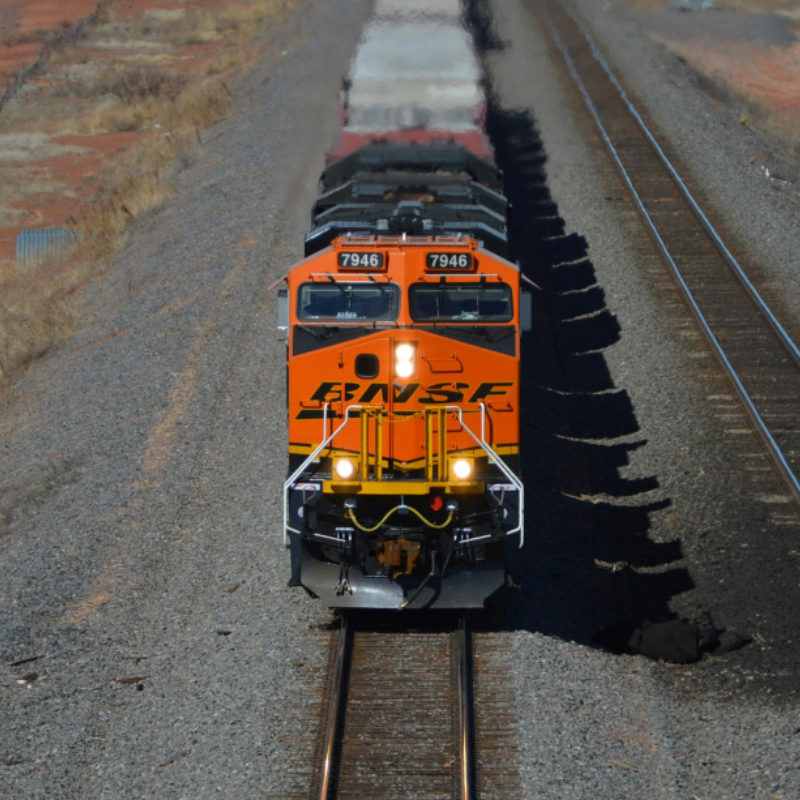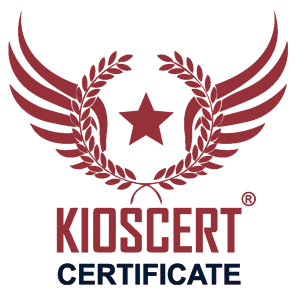
What is ISO 15085 and which products does it cover?
The ISO 15085 standard is an international standard covering the quality management of welding production processes for railway vehicles and their parts. This certificate ensures that both manufacturers and suppliers produce welded products at specified quality levels. ISO 15085 is a mandatory requirement in many countries, especially in the European Union, for railway production. Implementing the standard increases the safety and reliability of railway systems and serves as a prerequisite for participation in international tenders.
The ISO 15085 standard covers all welded parts and subsystems such as body panels, connection brackets, train seat frames, brake systems, door mechanisms, and frame elements. Faulty welding applications on these components pose risks to passenger safety and increase operating costs. Therefore, the standard focuses not only on quality but also on sustainable production and traceability. For manufacturers, certification is not just a symbol of trust but also proof of systematic production and a risk-based approach.
Remember
ISO 15085 represents not only technical compliance but also safety and sustainability in the railway sector.
Welding processes in railway components
The durability and long service life of railway vehicles directly depend on the quality of welding operations. ISO 15085 aims to control welding production processes and standardize welding methods. In production, appropriate parameters must be selected for techniques such as MIG/MAG, TIG, and arc welding. Pre- and post-welding inspections must be carried out, and documentation must be maintained comprehensively. Visual, non-destructive (NDT), and mechanical testing of welded parts are also requirements under ISO 15085.
Since railway components are subject to vibration, impact, and prolonged loads, welding defects are unacceptable. Thus, the sizing, positioning, and connection type of weld seams are critical. Fixtures used during production should continuously monitor welding tolerances and alignment, and welders must have proficiency at certain levels. ISO 15085 makes these processes planned and traceable, minimizing the risk of defective production.
Qualified personnel and welding competence
One of the most critical elements of ISO 15085 is the competence of personnel involved in welded manufacturing processes. Welders, welding engineers, and quality control experts must be trained and certified. Every welder is required to prove welding competence through internationally recognized tests and certifications, typically aligned with the EN ISO 9606 series, specifying which materials, methods, and positions they are qualified to work with.
Not only welders, but welding coordination personnel must also have specific competencies. Defined under the ISO 14731 standard, these individuals are responsible for planning, managing, and controlling all welding operations. Special knowledge is required for high-strength steels, aluminum alloys, and stainless steels used in the railway sector. Continuous training, updated competence certificates, and periodic performance evaluations are indispensable parts of the quality management system.
Competent Personnel
Each welder must hold valid certifications suitable for their role.
Welding Coordination
Responsible engineers oversee the technical inspection of the welding process.
Relationship between ISO 3834 and 15085
ISO 3834 is a fundamental standard defining the quality requirements for welding manufacturing companies. This standard serves as an infrastructure for sector-specific standards like ISO 15085. Railway manufacturers should first prove their welding capabilities with ISO 3834 certification and then demonstrate system conformity to sector requirements with ISO 15085. The quality levels of ISO 3834 (comprehensive, standard, and basic requirements) are key criteria in ISO 15085 certification.
Applying both standards together ensures full integration in production processes. ISO 3834 regulates general principles of welded manufacturing, while ISO 15085 integrates these principles into railway applications. This relationship aligns quality control systems and documentation structures to be compatible and auditable. Dual certification provides a significant competitive advantage, especially in international tenders and European railway projects, proving manufacturers meet both technical and sector-specific expectations.
How to establish a production tracking system?
ISO 15085 requires not only the technical quality of welded production but also traceability of the entire process. Therefore, manufacturers must establish an effective production tracking system. This system allows detailed monitoring of which welder produced each product, with what equipment, by which method, and on what date. This facilitates root cause identification and retrospective improvements in case of errors.
The production tracking system is based on proper labeling, serial numbering, and document management. Each completed welding product can be labeled with a unique mark or QR code for traceability. Additionally, process cards, welding reports, inspection forms, and test documents must be archived systematically. Digital storage provides easy access and saves time during audits. Integration with ERP and quality control software offers great advantages.
Tip
A production tracking system is critical not only for quality but also for supplier reliability and customer satisfaction.
Industry-approved quality management with KIOSCERT
Independent evaluation of quality management systems in welded production for the railway sector is an important indicator of trust and credibility. KIOSCERT thoroughly evaluates the quality systems of companies producing under ISO 15085 and measures their compliance with industry expectations. The audit covers welding planning, personnel competence, quality control practices, material tracking, and final product inspections. Thus, companies obtain a certificate recognized both nationally and internationally.
KIOSCERT prioritizes objectively analyzing the implementation impact on the field during audits. The prepared reports reveal not only certification results but also continuous improvement opportunities. This approach helps manufacturers establish systems not just to obtain certification but also to continuously improve production processes. With an expert team and technical infrastructure working closely with the sector, the audit process serves as guidance for companies.
Compliance advantages with UIC and EN standards
The ISO 15085 certificate is fully compatible with EN standards valid in European Union member states and directly meets the technical requirements defined by UIC (International Union of Railways). These two main normative frameworks are prepared to ensure the safety, sustainability, and international compliance of all welded components used in railway vehicles. Compliance with these standards is not only a technical requirement but also the key to competitiveness in the global market.
UIC standards include detailed technical specifications regarding passenger safety, transport comfort, and maintenance ease. A manufacturer certified according to these standards is more easily listed as a “qualified supplier” in European railway projects. Production competence levels defined by EN 15085-2 (CL1, CL2, CL3) also form the foundation of this compliance process. Certified companies automatically meet all technical requirements in tender specifications.
Key Advantage
ISO 15085 certification compliant with UIC and EN standards is not only a quality certificate but also recognized as an international “entry ticket.”
